(6592 products available)


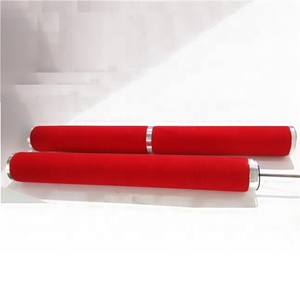
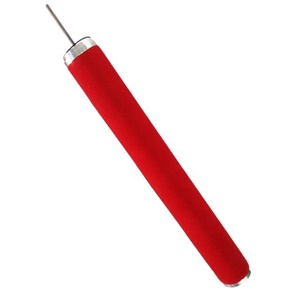






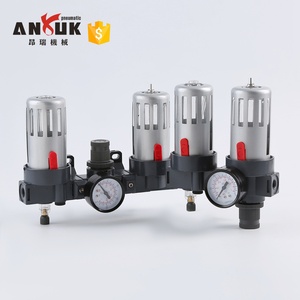
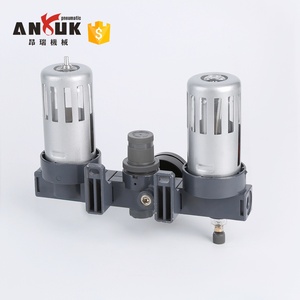

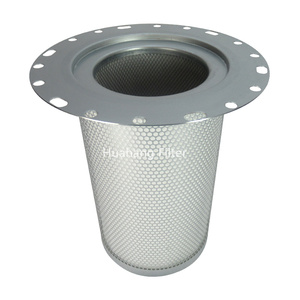






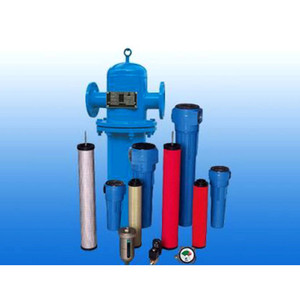
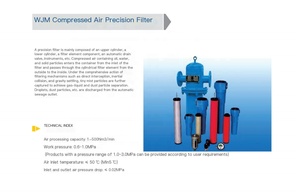










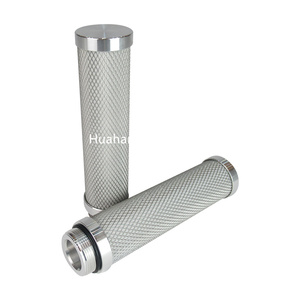










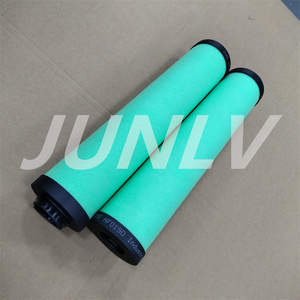
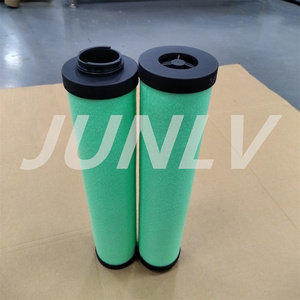

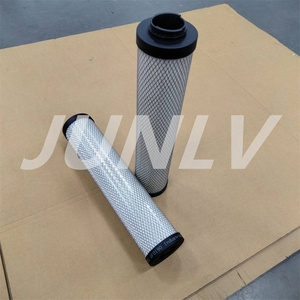






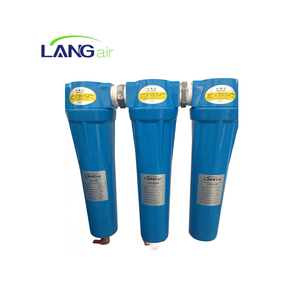

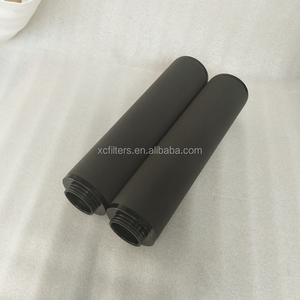



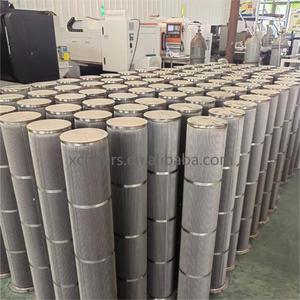
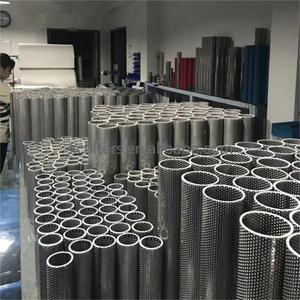




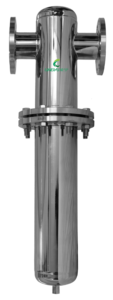




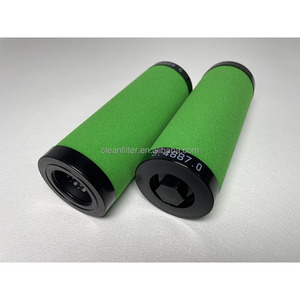
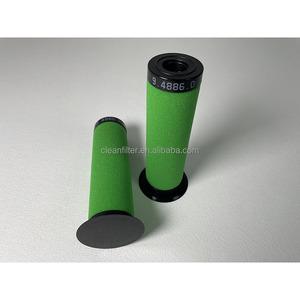






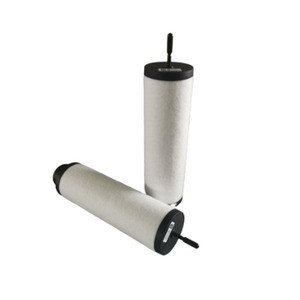














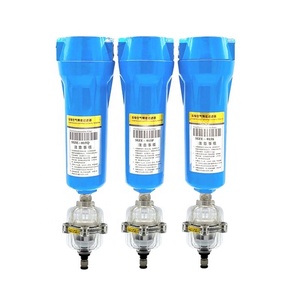

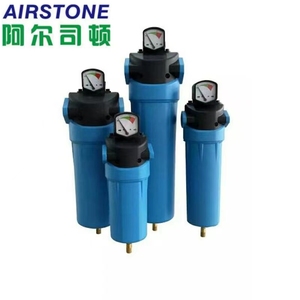


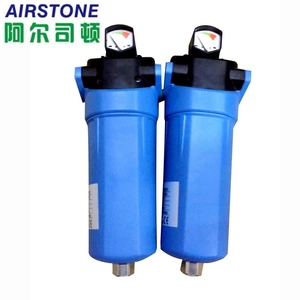
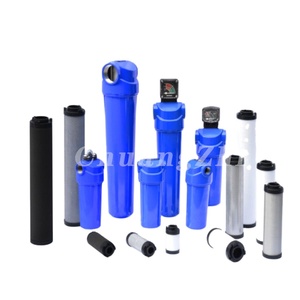

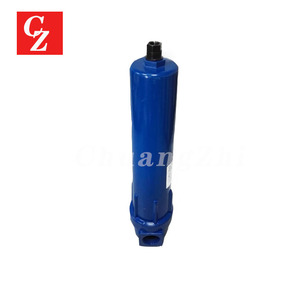









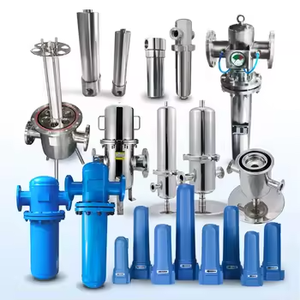


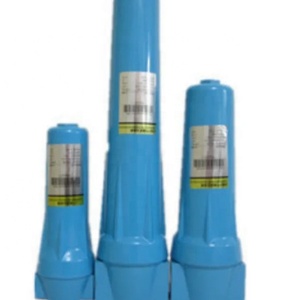





















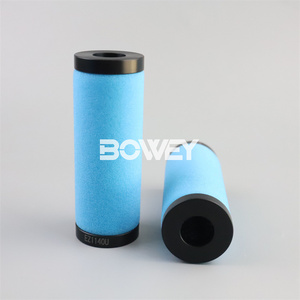

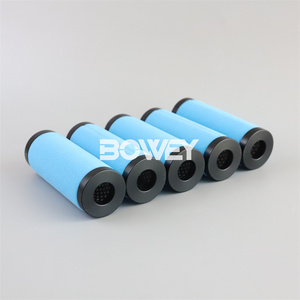











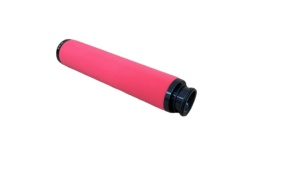



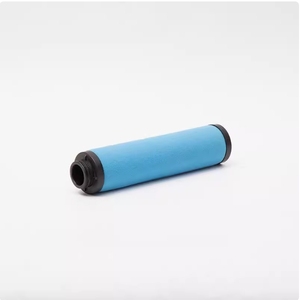















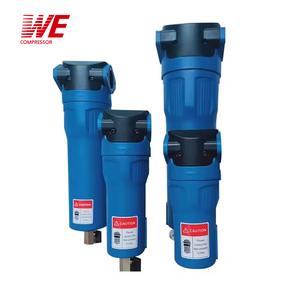


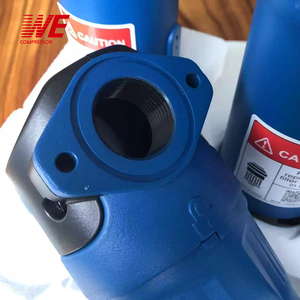

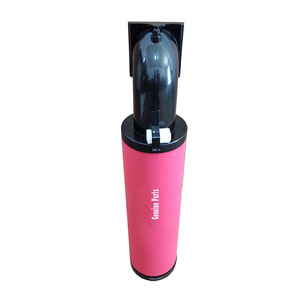


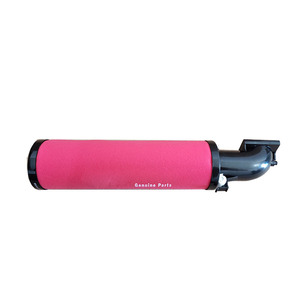
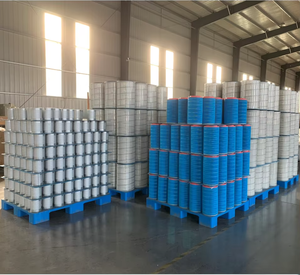
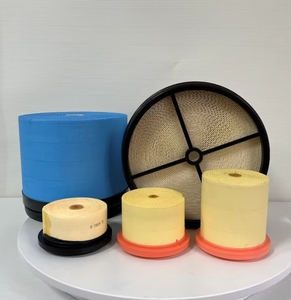
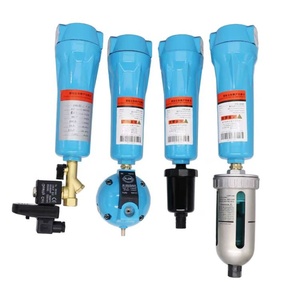



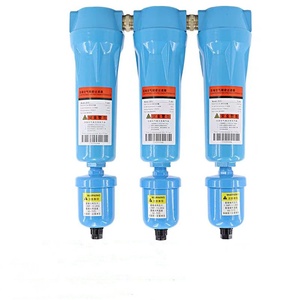
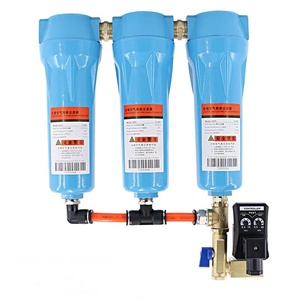
Market Overview: The global market for compressed air precision filters is on a robust upward trajectory, with significant growth anticipated in the coming years. According to Research and Markets, the Compressed Air Filter & Dryer Market expanded from USD 6.06 billion in 2023 to USD 6.38 billion in 2024, and is projected to reach USD 8.77 billion by 2030, growing at a CAGR of 5.42%. This growth is driven by the escalating demand for clean and dry compressed air across various industrial sectors, including manufacturing, automotive, and energy. The efficiency of these filters, particularly their particulate and moisture removal capabilities, is critical for operations that require stringent quality standards. Moreover, the increasing industrialization and emphasis on product safety have accelerated the adoption of compressed air precision filters, making them indispensable in modern manufacturing processes.
Regional Insights: The market dynamics vary significantly across regions, with North America leading in market share due to its vast manufacturing and processing industries. The region's reliance on purified compressed air has fostered the growth of precision filters. In the Asia-Pacific region, rapid industrial development and heightened awareness of air quality are propelling market expansion, with China expected to grow at an impressive CAGR of 8.2% to reach $999.4 million by 2030, as reported by Global Industry Analysts. However, challenges such as stringent regulations on energy consumption and emissions, as well as the high costs associated with the installation and maintenance of these systems, pose potential hurdles. As manufacturers increasingly focus on sustainability, the rising adoption of eco-friendly filters is likely to shape the future landscape of the compressed air precision filter market.
Compressed air precision filters are tube-shaped devices made to purify compressed air. Multiple kinds of filters exist, each designed to remove particular contaminants from the air.
Coalescing Filters
Coalescing filters are typically the first filters in a compressed air system. They remove bulk liquid contaminants, such as water and oil, from the compressed air stream. Coalescing air filters use a media that merges smaller droplets into larger ones, which then gravitate to the filter element and get drained. These filters commonly remove up to 99.9% of liquid water and oil from the compressed air.
Dry filters
Unlike coalescing filters, which also remove solid particles, dust filters specifically target solid contaminants. Dry filters employ a microporous filter element to catch particles and in some cases remove smells from the air. Typically, dry filters follow coalescing filters in an air system.
Membrane Filters
Membrane filters, like polypropylene membrane filters, are more sophisticated than dry filters. They remove water vapor in the air and work by separating molecules. Besides being expensive, they need regular maintenance.
Dust Collectors
A dust collector filter eliminates large amounts of airborne particulate matter in a given area. This filter prevents dust from getting inside an air system's machinery, which would otherwise require frequent machine component replacements. HEPA filters are the common type of dust collector filters. A HEPA filter can capture at least 99.7% of dust and microparticles as small as 0.3 microns.
Additional filters include after-filters that prevent any residual noise from a piece of equipment after it has been shut down, inline filters that are built into a tool or fixture with a specific application, and strainer filters that protect small pumps and valves from becoming clogged with large debris. To match the precise application requirements, it is essential to understand the purpose of each type of filter.
Compressed air filters in general come in different specifications based on designed applications. Here are some:
Filter media
The Filter media refers to the material used to build the filter, including cellulose, Kevlar, Teflon, nylon, fiberglass, etc.
Filter Rating:
Air filters come with various ratings to indicate the size of particles they remove. For instance, a 5-micron filter will catch larger particles than a filter rated at 0.01 microns.
Filter size
Filters are manufactured in different sizes and shapes to be compatible with air compressor housings and systems. The two common shapes are cylindrical and pleated flat.
Media Area
The surface area of the filter media can have an impact on airflow, holding capacity, and, ultimately, filter performance.
Pressure Drop
When air moves through a filter, pressure changes depending on the filter's design and construction. A precision filter with a high-pressure drop demands more energy from the air compressor to perform its task.
Maintenance of the filters is quite easy, allowing users to replace the filters regularly so as to maintain equipment integrity, achieve clean air output, and improve the air compressor's efficiency.
Replacement schedule:
The main maintenance procedure involves replacing the filters per the user's manual instructions. Some air precision filters may be cleanable or reusable, but most are typically replaceable.
Water Drain:
In a majority of compressed air filter setups, moisture is collected at the bottom of the filter. Users should drain the water every day to ensure that the whole system is functioning correctly and thus mitigate the risk of corrosion or mold growth.
Inspection:
Users should inspect the filters regularly to ensure they aren't bypassing, damaged, or torn. Any visible damages or defects should call for quick filter replacement to avoid a contaminated air stream.
System Check
Users can check the performance of the air compressor system as a whole to ensure it is operating at optimal pressure levels and efficient flow. A drop in pressure may indicate a clogged filter that requires urgent replacement.
Here's a closer look at some of the most common applications of precision air filters in different industries:
Manufacturing and Production Industries
Precision air filters are crucial in all types of production lines, whether for food, beverages, pharmaceuticals, or painting. Compressed air is widely used as a power source, so air filters are mandatory to ensure product quality and compliance with industry standards.
Agricultural Industries
Farm equipment often uses compressed air to spray fertilizers or pesticides. Precision air filters can prevent contaminants from interfering with the functioning of spray nozzles and valves, ensuring an even and consistent application.
Textile Industries
In the textile industry, processes like weaving, spinning, and dyeing rely on compressed air. Precision air filters help protect instruments, guaranteeing product quality, maintaining stable production, and avoiding fabric defects caused by air contamination.
Electronics Industries
Precision filters with high filtering precision are widely used in the electronics industry to manufacture electronic products such as mobile phones and computers. They help prevent even tiny contaminants from damaging circuit boards and other components, ensuring the reliability and longevity of electronic devices.
Automotive Industries
Precision air filters help ensure the quality and tightness of automotive components, such as parts' assembly, painting, and tire inflation. They assist in eliminating moisture, oil, and solid contaminants, enhancing the durability and safety of automotive products.
There are a few things that buyers need to consider when choosing their filters. First, buyers need to understand their air demands and the purpose of their air demands. This includes knowing the required air quality and flow rate. Once this is ascertained, buyers will now need to identify the contaminants in their air supply. Depending on the type and size of the contaminant, they must choose a filter with the right fineness to eliminate it.
It is also important to consider the filter's efficiency rating. Filters are usually graded based on how efficient they are at removing certain contaminants. Buyers should prefer filters with high-efficiency ratings when choosing their filters.
Consider the capacity and pressure drop of the filter being considered. Compressed air filters usually have a limited capacity for contaminant removal. When this capacity is exceeded, the efficiency of the filter drops significantly. The pressure drop in a filter indicates the loss of pressure that occurs as the air flows through the filter. Higher pressure drops can result in energy loss and reduced efficiency within a system.
Users should also consider the maintenance requirements of the filter. Some filters may require regular replacement or service. Depending on the air compression system being used, this may be feasible or unfeasible. If the air filter requires regular maintenance, it should be easy to access and carry out tasks.
Another thing to do is to compare different types of filters. This is because some filters may combine multiple stages to provide comprehensive air filtration. For example, pressure drop, efficiency, and capacity are interconnected but distinct aspects that can impact an air compressor system's energy consumption, overall filtration effectiveness, and functionality. Buyers should also evaluate the cost of different filters.
Finally, buyers should seek expert advice from professionals or filter suppliers to help them choose the best type of air filter.
Q1: What is the function of an air filter in the air compressor?
A1: The primary function of a compressed air filter is to remove contaminants from the compressed air before it exits the air compressor. It serves to protect downstream equipment, tools, and processes from being damaged or affected by those pollutants.
Q2: Why is air filter important?
A2: The air filter is important because it prevents dirt and other small particles that clog and damage internal parts of the engine from getting into the engine.
Q3: What happens if the air filter is clogged?
A3: A clogged air compressor filter may result in the poor performance of the air tool and the presence of dust and debris in the clean environment desired.
Q4: How does a compressed air filter work?
A4: The compressed air filter works by using a filtering medium that captures particles of different sizes, including dust, moisture, oil vapors, debris, and micro-organisms.
Q5: What is the difference between a filter and a striker in an air compressor?
A5: The filter removes particles, while the striker captures larger particles, such as those that may enter the room when the door is opened.